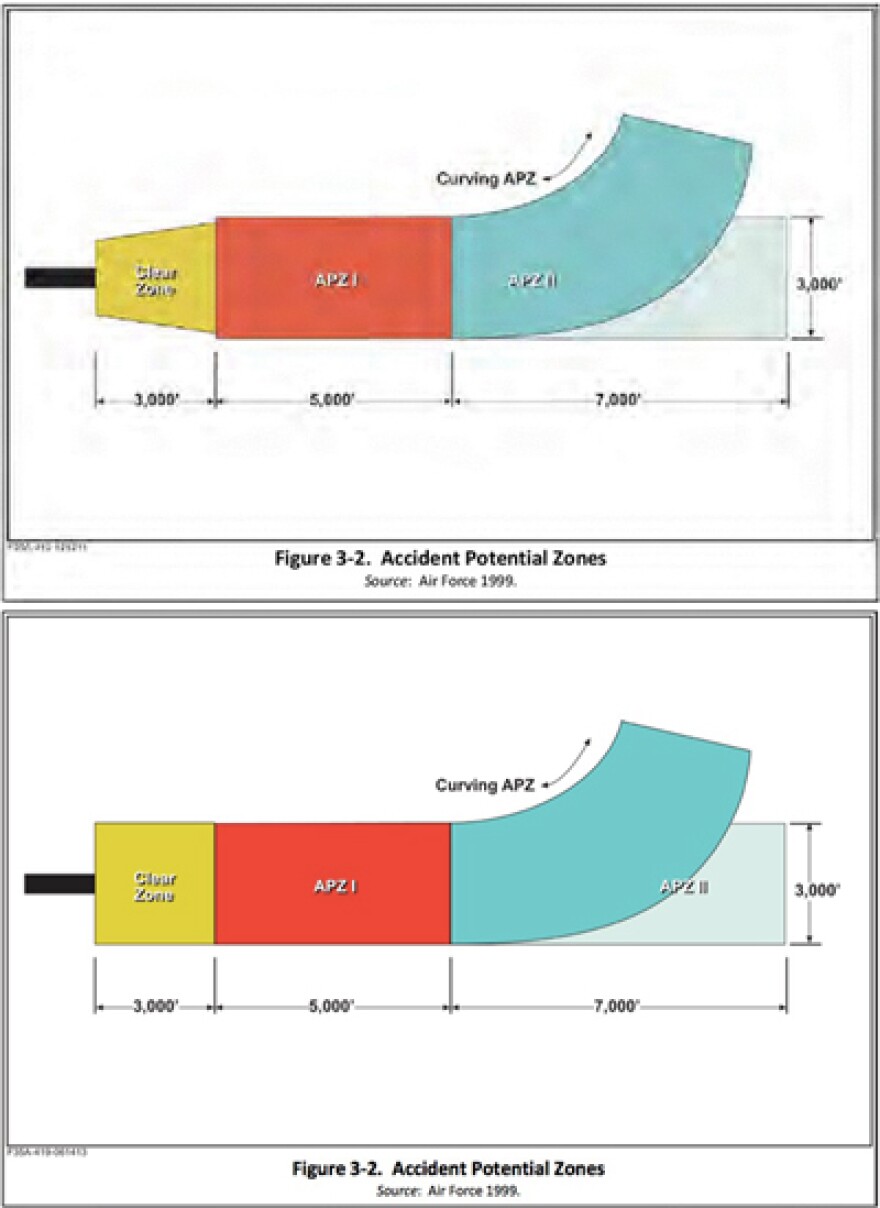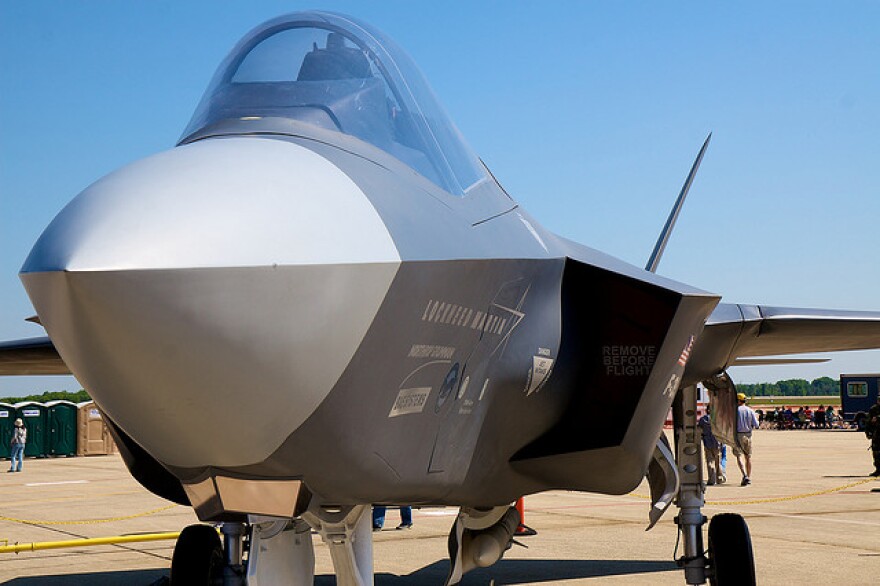The final Environmental Impact Statement on the potential F-35 basing at Burlington International Airport includes only minor changes from a draft version released in May.
The Vermont Air National Guard says the Burlington airport remains the top preferred location for the jet.
The environmental study released late Thursday provides information about the jet’s impact on the six air bases under consideration for the next-generation fighter.
The final version of the Environmental Impact Statement (EIS) was originally scheduled for public release on Oct. 4, but Capt. Chris Gookin of the Vermont National Guard said that Air Combat Command officials told his deputy this morning that the final document could be released publicly.
"It's a big document," Gookin said, "It'll give everybody a little bit more time to get into it and to understand it."
Despite the early release, the Air Force still plans to file the EIS officially with the federal government on Oct. 4, as originally planned. After it is formally filed, there is a 30-day waiting period, after which the Secretary of the Air Force will make a decision about the basing. The soonest such a decision could occur, based on that timeline, is Nov. 3.
“If there was an egregious omission of something that should have been covered in the environmental study that wasn’t, that’s probably what the intent would be to use that [30-day period],” Gookin said.
In the new version of the study, the Air Force lists only six changes made since the May draft, none of them deemed “substantive.”

The first was a minor visual change to a diagram.
The Air Force, in the final draft, provided more information about the comments received from the public, most of which were from Vermont, in their summary of the public comment period.
Via the Final EIS:
The Burlington AGS comments included four petitions. Each was counted as one comment; however, they may have contained several issues and these were addressed in the response to comments. Two petitions were in support of basing the F-35A in Burlington and signed by 1,675 people and two other petitions, signed by 35 people, expressed opposition to the basing action. Hundreds of form letters were received both in support of and in opposition to the proposal to base F-35A aircraft at Burlington International Airport. Of the total 1,126 comments received both at the hearings and during the 64-day public comment period: 73 percent were in opposition to the Burlington AGS basing action, 25 percent expressed their general support for the Burlington basing alternative; and 2 percent were of no opinion.
The updated report contains an additional section analyzing the public comments specifically having to do with Burlington. In particular, the report corrects statements made on a pre-printed card sent to the Air Force by supporters of the basing. According to the report, part of the card reads:
I concur with the Air Force’s assessment that Vermont is the preferred location for the F-35. From the Draft EIS I understand that the F-35 will create sound similar to the F-16, there will be 2,613 fewer operations per year and there will be no adverse health effects on citizens.
The report says “further clarification is required on this statement.” It goes on to correct the assertion that the F-35 creates “sound similar to the F-16.”
“In all instances the F-35 generates noise levels greater than the F-16s,” the report states, referring to tables that support the assertion.
The report also corrects the postcard’s text regarding the reduction in operations.
Second, the postcard states that there would be 2,613 fewer operations per year; however, this is only the case under ANG Scenario 1. Under ANG Scenario 2, there would be 803 fewer operations.
The report also says that while there is no expectation of health problems stemming from the F-35, it would take a toll on the surrounding community:
Third, while it is not anticipated there would be adverse health effects, the noise evaluation does indicate that when compared to baseline conditions both basing scenarios would affect more acres, people, and housing units that are exposed to noise levels exceeding 65 dB DNL and greater. There would also be continued disproportionate impacts to low-income and minority populations exposed to noise levels exceeding 65 dB DNL.
The Air Force, in considering various “representative locations” and the sound levels the F-35 would create there, added Community College of Vermont in Winooski to the list in response to public comment.
Finally, the Air Force included an additional appendix to the final report in which it sought to respond to public comments. All comments were numbered and the Air Force responded to similar comments all at once in the new appendix.
Photo via Flickr.
Correction: An earlier version of this story incorrectly stated the 30-day period beginning when the final EIS is submitted is a public comment period.




